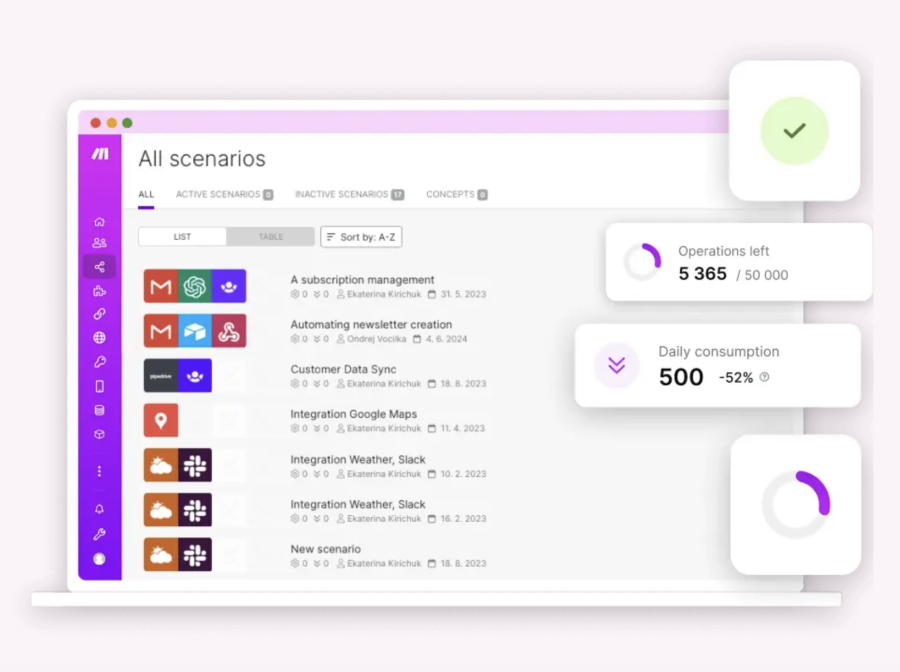Vue.js: The Progressive JavaScript Framework for Modern Apps
Introduction
Vue.js is one of the most popular and efficient JavaScript frameworks for building modern web applications. Created by Evan You in 2014, Vue has gained immense popularity due to its simplicity, flexibility, and powerful reactivity system.
With its lightweight core, component-based structure, and easy learning curve, Vue.js is a top choice for developers who need to build interactive, high-performance web applications efficiently.
1. What is Vue.js?
Vue.js is a progressive JavaScript framework used for building user interfaces and single-page applications (SPAs). Unlike monolithic frameworks like Angular, Vue is incrementally adoptable, meaning developers can use it as a simple script or a fully-fledged framework for large-scale applications.
Key Features of Vue.js:
✅ Reactive Data Binding – Automatic UI updates when data changes
✅ Component-Based Architecture – Reusable, modular components
✅ Virtual DOM – Faster rendering and improved performance
✅ Directives – Built-in features like v-if, v-for, and v-bind
✅ Vue Router – Seamless navigation for SPAs
✅ Vuex (State Management) – Centralized store for managing application state
✅ Easy Integration – Can be used with existing projects or other libraries
2. Why Choose Vue.js?
2.1 Simplicity & Easy Learning Curve
Vue.js is known for its gentle learning curve. Unlike Angular or React, Vue provides a simple and intuitive API, making it easier for beginners to start building applications quickly.
2.2 High Performance
Vue’s virtual DOM and optimized reactivity system ensure that applications run fast and efficiently, even with complex UI updates.
2.3 Lightweight & Flexible
With a small core size (~20KB gzipped), Vue is one of the lightest JavaScript frameworks, making it ideal for performance-critical applications.
2.4 Progressive Framework
Vue can be used as a simple script to enhance HTML or as a full-fledged framework for building advanced SPAs.
2.5 Strong Community & Ecosystem
Vue has an active community, rich documentation, and a growing ecosystem, including libraries like:
- Vue Router – Client-side routing
- Vuex & Pinia – State management
- Vuetify & Quasar – UI component libraries
3. Vue.js vs. Other Frontend Frameworks
| Feature | Vue.js | React | Angular |
|---|---|---|---|
| Learning Curve | ✅ Easy | ❌ Moderate | ❌ Complex |
| Performance | ✅ Fast | ✅ Fast | ❌ Slower |
| Component-Based | ✅ Yes | ✅ Yes | ✅ Yes |
| State Management | ✅ Vuex/Pinia | ✅ Redux | ✅ NgRx |
| Size (Bundle) | ✅ Small | ❌ Medium | ❌ Large |
| TypeScript Support | ✅ Yes | ✅ Yes | ✅ Yes |
Vue is a great middle-ground between React's flexibility and Angular's structure, making it a preferred choice for many developers.
4. Getting Started with Vue.js
4.1 Installing Vue.js
Vue can be used via a CDN, npm, or the Vue CLI.
Option 1: Using a CDN
<script src="https://unpkg.com/vue@3/dist/vue.global.js"></script>
Option 2: Installing with npm
npm install vue
Option 3: Setting Up a Vue Project with Vue CLI
npm install -g @vue/cli
vue create my-vue-app
cd my-vue-app
npm run serve
4.2 Creating a Simple Vue Component
Vue applications are built using components. Below is a simple Vue counter component:
<template>
<div>
<h1>Counter: {{ count }}</h1>
<button @click="increment">Increase</button>
</div>
</template>
<script>
export default {
data() {
return { count: 0 };
},
methods: {
increment() {
this.count++;
}
}
};
</script>
<style scoped>
button {
background-color: #42b983;
color: white;
border: none;
padding: 10px;
cursor: pointer;
}
</style>
This example demonstrates Vue's reactive data binding and event handling.
5. Vue Router: Creating a Single-Page Application (SPA)
Vue Router allows developers to create SPAs with client-side navigation.
Installing Vue Router
npm install vue-router
Setting Up Routes
import { createRouter, createWebHistory } from 'vue-router';
import Home from './components/Home.vue';
import About from './components/About.vue';
const routes = [
{ path: '/', component: Home },
{ path: '/about', component: About }
];
const router = createRouter({
history: createWebHistory(),
routes
});
export default router;
6. Vuex & Pinia: State Management in Vue
For managing application-wide state, Vue offers:
✅ Vuex – The official state management library for Vue 2 & 3
✅ Pinia – A modern, lightweight alternative for Vue 3
Setting Up Pinia
npm install pinia
Creating a Store in Pinia
import { defineStore } from 'pinia';
export const useCounterStore = defineStore('counter', {
state: () => ({ count: 0 }),
actions: {
increment() { this.count++; }
}
});
7. The Future of Vue.js
Vue.js continues to evolve, with Vue 3 bringing major improvements, including:
✅ Better Performance – Faster rendering and optimized reactivity
✅ Composition API – A new way to write reusable logic
✅ Improved TypeScript Support – Making Vue more scalable
✅ Smaller Bundle Size – Optimized framework size
With strong community support and an expanding ecosystem, Vue.js remains a top frontend framework for modern web development.
Conclusion
Vue.js is a powerful, lightweight, and progressive JavaScript framework that combines the best aspects of React and Angular. With its simple syntax, high performance, and strong ecosystem, Vue is an excellent choice for developers looking to build fast, scalable, and reactive web applications.
Whether you're creating a simple UI enhancement or a full-scale SPA, Vue.js provides everything you need to develop modern, high-performance web applications. 🚀















